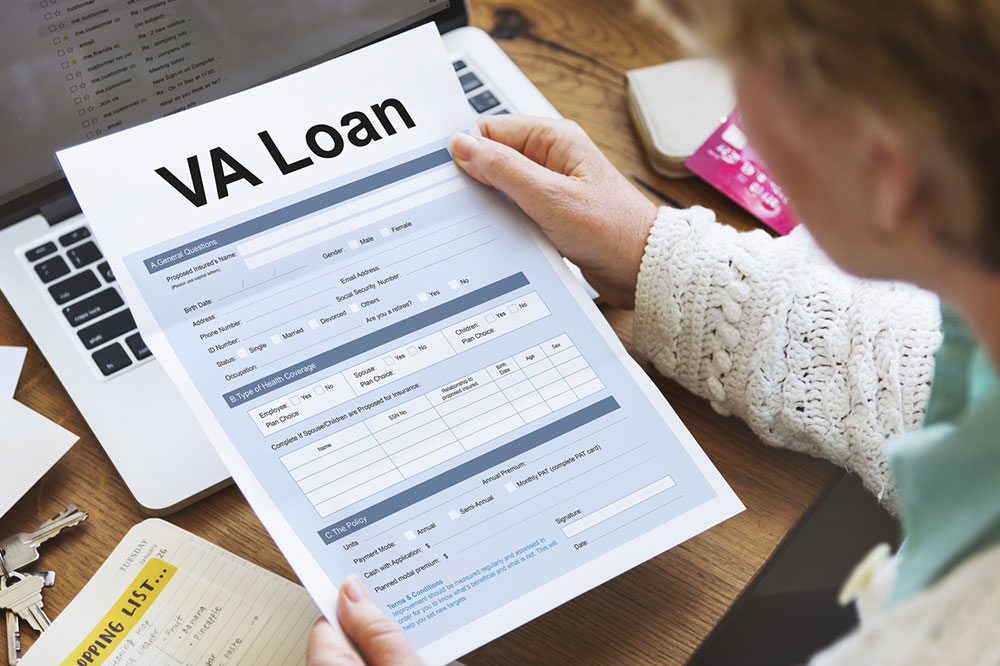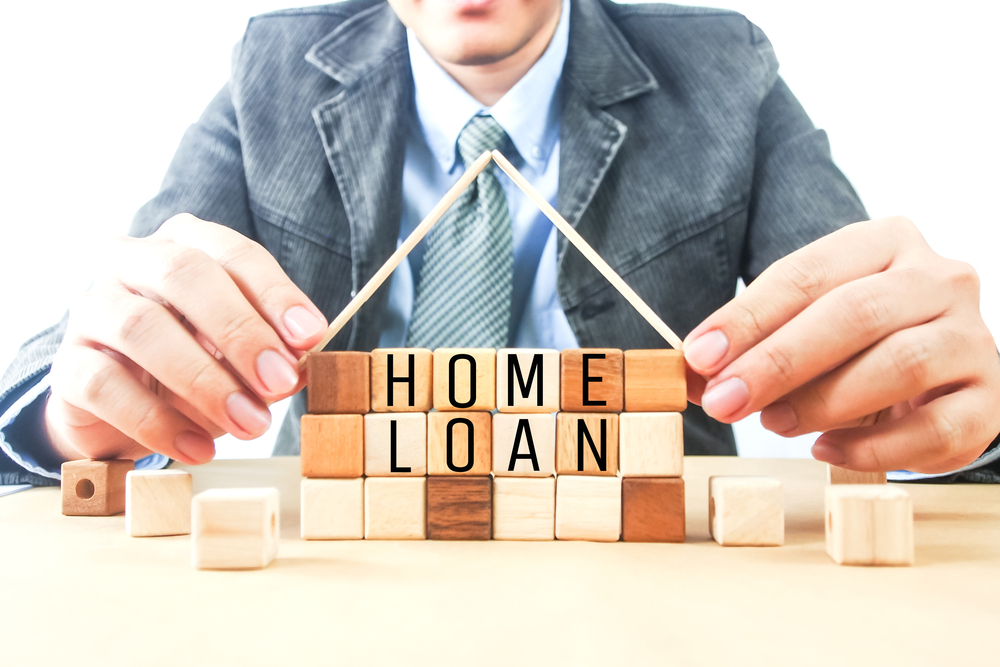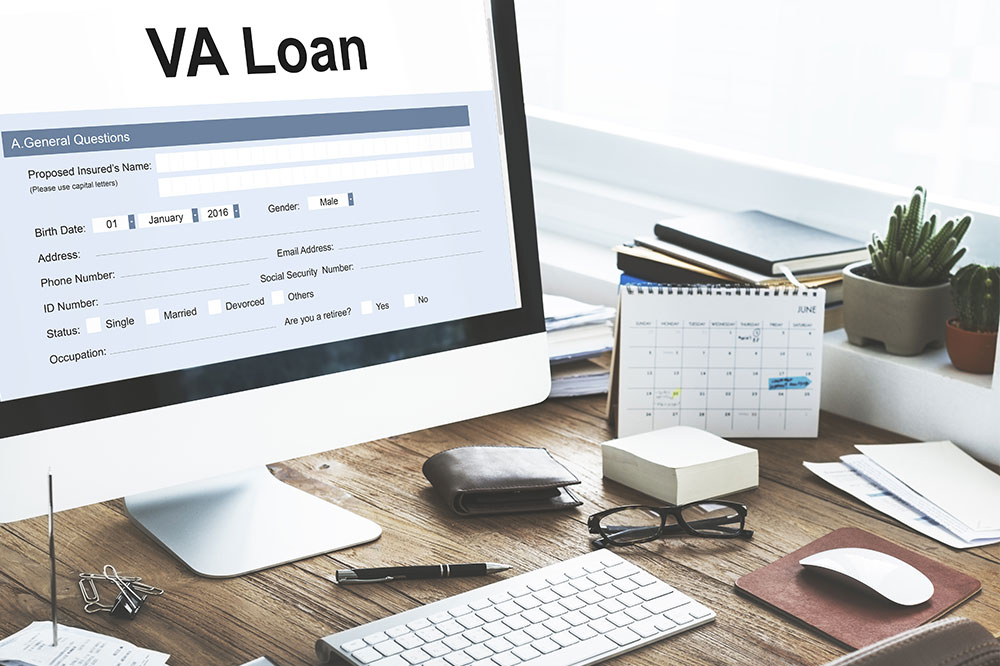Ultimate Guide to Veterans Home Loan Programs: Benefits, Types, and Eligibility
This comprehensive guide explores VA home loan programs, including eligibility, benefits, and various loan types. It highlights how veterans can access favorable mortgage options, avoid down payments and private mortgage insurance, and benefit from low interest rates. The article provides valuable insights into the qualification process and how VA loans make homeownership accessible for eligible service members and veterans. A must-read for anyone considering VA-backed financing to achieve their homeownership goals efficiently and affordably.

Comprehensive Guide to Veterans’ Home Financing Options
For eligible military service members, veterans, and their families, securing a home loan can sometimes be a complex process. However, the U.S. Department of Veterans Affairs (VA) provides a variety of loan programs designed to make homeownership more accessible, affordable, and manageable. These VA loan programs are renowned for their favorable terms, low interest rates, and minimal requirements, giving many veterans and active service members a pathway to owning a home or refinancing their existing properties with confidence. This detailed guide explores various VA home loan options, eligibility criteria, benefits, and tips to help veterans maximize their benefits and achieve their homeownership goals.
Understanding VA Home Loans
The VA loan program functions through the U.S. Department of Veterans Affairs, but unlike typical bank loans, it doesn't lend money directly to borrowers. Instead, the VA guarantees a portion of the loan, encouraging private lenders—such as banks, mortgage companies, and credit unions—to offer home loans to eligible veterans and service members. This security lowers the risk for lenders and allows them to extend more attractive loan terms, such as lower interest rates, minimal or no down payment requirements, and reduced closing costs. Understanding these features allows veterans to make informed decisions when exploring financing options and helps demystify the process of obtaining a VA-backed loan.
Types of VA Home Loans
Cash-Out Refinance
Allows homeowners to tap into their home equity for various needs such as consolidating debt, funding home improvements, or adding to savings. VA cash-out refinance loans typically permit borrowers to access more than 100% of their home equity, surpassing limits set by FHA, USDA, or conventional loans, which usually cap at 80-85%. This flexibility means veterans can access greater funds, often at favorable terms, helping them leverage their home’s value to meet financial goals.
Purchase Loan
This is perhaps the most common VA loan type, enabling eligible veterans to buy new or existing homes at highly competitive interest rates. Notably, many VA purchase loans require no down payment and do not necessitate private mortgage insurance (PMI), which can significantly reduce monthly payments. The program's affordability, combined with flexible credit requirements, makes it an ideal choice for many first-time homebuyers and seasoned homeowners alike.
Interest Rate Reduction Refinance Loan (IRRRL)
Also known as the VA Streamline Refinance, this option helps veterans lower their current VA loan interest rates with minimal paperwork. The IRRRL process doesn’t typically require income verification or a new home appraisal, making it a quick and efficient way to reduce monthly mortgage payments and improve loan terms without refinancing into a new loan program.
Native American Direct Loan (NADL)
Designed specifically for Native American veterans, these loans facilitate the purchase, construction, or improvement of homes on federal trust land. Often offering lower interest rates and flexible qualification criteria, NADLs support Native American veterans in establishing stable and affordable homeownership within tribal communities.
Adaptive Housing Grants
These grants assist veterans with service-connected disabilities to modify or construct accessible homes that cater to their specific needs. Whether it's installing ramps, widening doorways, or making bathrooms accessible, these grants improve quality of life and independence for disabled veterans.
Are You Eligible for a VA Loan?
Eligibility for VA loans is based on various service criteria and other qualifying factors. While benefits are primarily available to active-duty service members, veterans, and certain family members, specific eligibility depends on factors such as length of service, discharge status, and service type. Generally, the following groups are eligible:
Veterans who have served at least 90 days during wartime.
Active-duty service members with at least 90 days of service.
Reserve and National Guard members with at least six years of service.
Surviving spouses of service members who died in the line of duty or due to service-connected disabilities.
Most eligibility criteria grant a lifetime benefit, allowing qualified individuals to access VA loan programs whenever needed relative to their homeownership goals.
Advantages of Choosing a VA Loan
No Down Payment Required
One of the most significant perks of VA loans is the ability to purchase a home with zero down payment, making homeownership achievable even for those who haven't saved enough for a traditional down payment.
Absence of Private Mortgage Insurance (PMI)
Unlike conventional loans, VA loans do not require borrowers to pay PMI, saving them hundreds of dollars each month.
Loan Guarantee Reduces Lender Risk
The VA guarantees a portion of the loan, which reassures lenders and enables them to offer favorable interest rates and terms.
Competitive Interest Rates
VA loans often have lower interest rates compared to other loan types, saving borrowers thousands over the life of the loan.
No Prepayment Penalties
Borrowers can pay off their loans early or refinance without facing penalties, providing flexibility in managing finances.
Variety of Loan Options
VA offers various loan structures—fixed-rate, adjustable-rate, and more—to suit individual financial situations and preferences.
Easier Qualification Process
The VA’s flexible credit and income guidelines simplify approval, making it easier for more veterans to qualify.
Lower Closing Costs
The VA limits certain fees and closing costs, helping veterans save money at the closing table.
Funding Fee Flexibility
The upfront funding fee is often waived for disabled veterans and survivors, or it can be rolled into the loan amount, reducing immediate costs.
Loan Assumability
VA loans can be transferred to future buyers, which can be an attractive feature if interest rates rise, adding property value appeal.
How to Qualify for a VA Loan
Qualifying for a VA loan involves meeting certain credit, income, and debt standards. These criteria are designed to ensure responsible borrowing while providing flexibility:
Credit Score
While there isn’t an official minimum, most lenders prefer a score of 620 or higher, though some may accept lower scores with compensating factors.
Debt-to-Income Ratio Requirements
Typically, the borrower’s total debt-to-income ratio should be below 41%, including housing payments, though some lenders may allow higher ratios with strong credit history.
Residual Income
This measures remaining income after all debts and expenses, with a recommended minimum of 20% to ensure financial stability and the ability to cover other costs.
In summary, VA loans are an invaluable resource for veterans and service members seeking affordable, flexible, and reliable financing options. Their unique benefits, combined with straightforward eligibility criteria and diverse loan types, provide an excellent pathway to homeownership. If you’re a veteran or active-duty service member considering a home purchase, refinancing, or home improvement, consult with VA-approved lenders to explore the specific opportunities available to you and take the first step toward securing your dream home.




